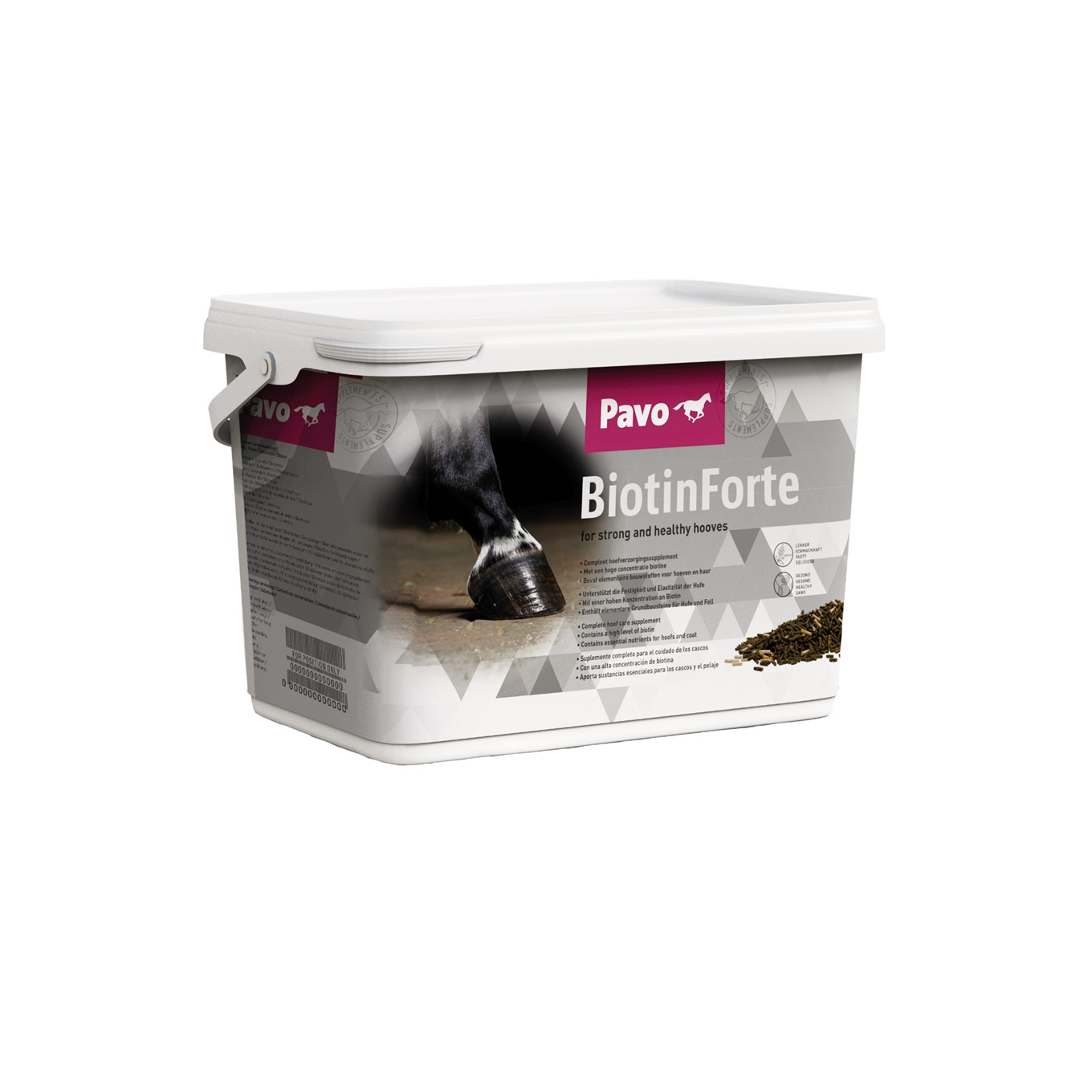Especially in summer, our horses' hooves suffer. The dryness drains the hooves of moisture, causing them to crumble or tear faster. With the right hoof care, you can help make your horse's dry, crumbly hooves strong and healthy again!
How do you recognise crumbly hooves?
Hooves are literally at the base of the horse and are made to create multiple gaits and move on different surfaces. Therefore, when the hoof is diseased or damaged, it affects the horse's entire locomotor system. Crumbling hooves are hooves where the horn wall is crumbling and becoming detached. The cause of crumbling hooves can be drought, heredity, insufficient exercise or care, or nutritional deficiencies. The condition of the hooves even affects the position of the legs. With poor or uneven hoof growth, the leg can make a wrong position. Good hoof care is therefore very important for your horse's health.
What helps against dry hooves in horses?
1. Wetting in a footbath or pond
During dry periods, wet your horse's feet daily. You can hose your horse down after riding but a hoof takes at least 15 minutes to absorb the water properly. Also, consider a foot bath with buckets of water or a wet nappy you can tie around the hoof. In the pasture, you can create a wet area around the water trough. When your horse comes to drink, he will stand in the damp/wet ground for a while.
2. Be careful with hoof grease on dry hooves
There is still a misconception that dry hooves regain their elasticity by greasing them, but brittle hooves do not lack fat, they lack moisture (i.e. water). A thick layer of hoof fat or oil on a dry hoof actually creates a water-repellent effect and prevents moisture from being absorbed. Therefore,the hoof dries out even more quickly.
However, it can help to water the feet well first and then apply a thin layer of oil or grease to the hoof while it is still wet (no more than once or twice a week). This allows the moisture to be stored in the horn for longer and does not evaporate as quickly. Don't forget to include the underside of the hoof as well.
3. Ensure adequate exercise
Exercise stimulates the hoof mechanism and thus the horse's heart and circulation. This stimulation of blood circulation is necessary for the transport of nutrients to also keep the hoof healthy, elastic and in optimal condition.
4. Pick the hooves daily
Even healthy hooves need to be picked regularly, but with fragile hooves it is especially important to pay daily attention to this. It not only cleans the hoof but also allows you to check for irregularities or small stones.
5. Regular visits from a farrier
Regular visits from a skilled farrier help maintain healthy hooves and can also help you prevent and treat problems. If a hoof is not trimmed on time, the toes can become so long that they crack. An ill-fitting or worn shoe hinders hoof mechanics, limiting blood flow to the hoof.
Biotin for strong hooves
Biotin is used for horses with hoof problems such as dry, brittle or friable hooves. It also has a positive effect on the skin and coat. Biotin, vitamin B8, is a water-soluble vitamin. This means that this vitamin cannot be stored by the body. However, what is important in a biotin supplement for horses is not only the content of biotin, so don't be fooled by this! To support optimal horn quality, research has shown that a proper combination of biotin, copper, zinc and essential amino acids (such as methionine) is more effective than a high dose of biotin alone. In the supplement Pavo BiotinForte, these proportions are exactly matched with each other, so that with one product you support the hooves to the maximum!
How fast does biotin work in horses?
On average, a horse's hoof grows about 1 centimetre per month. So it takes almost a year for a completely new hoof to form. Therefore, depending on how fast your horses' hooves grow, you need to feed biotin for at least 3 months to see an initial effect. It will take 6 to 9 months before you can say whether the hoof quality has really improved.



